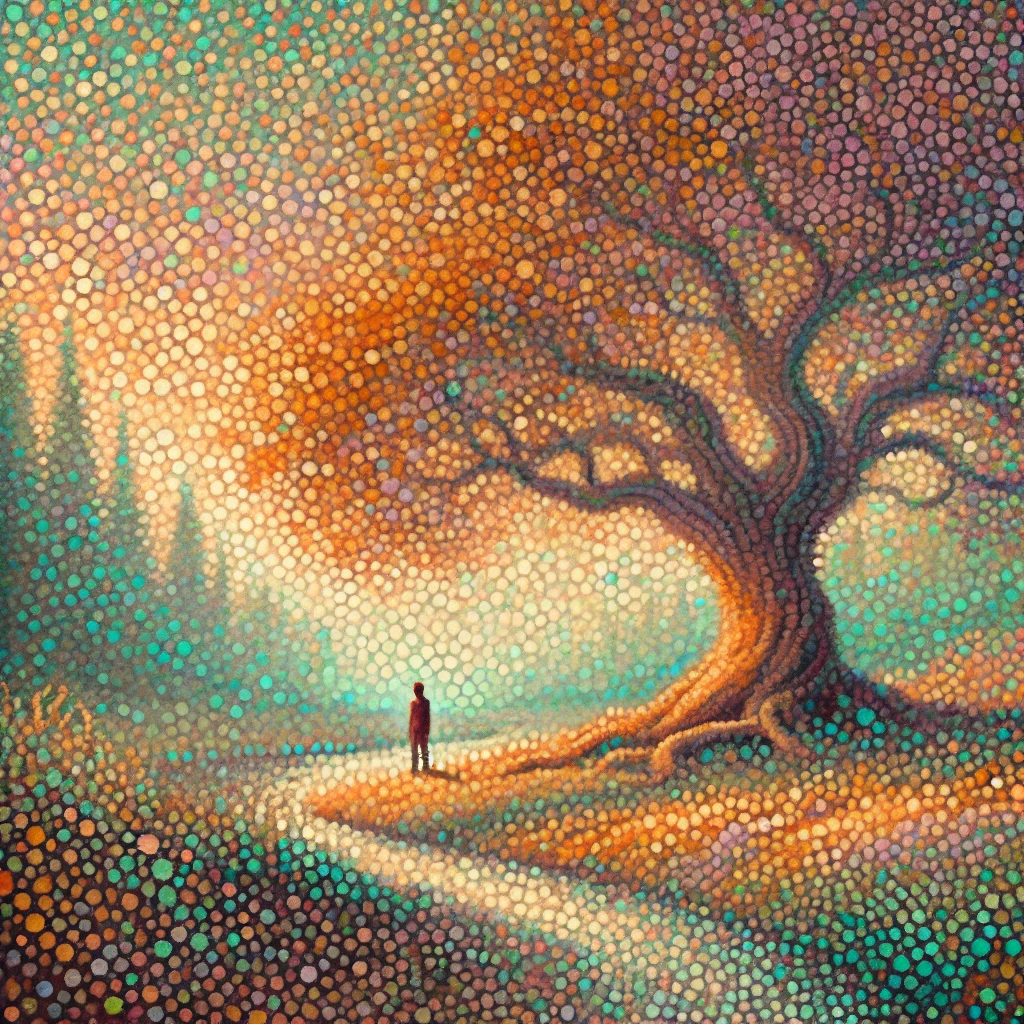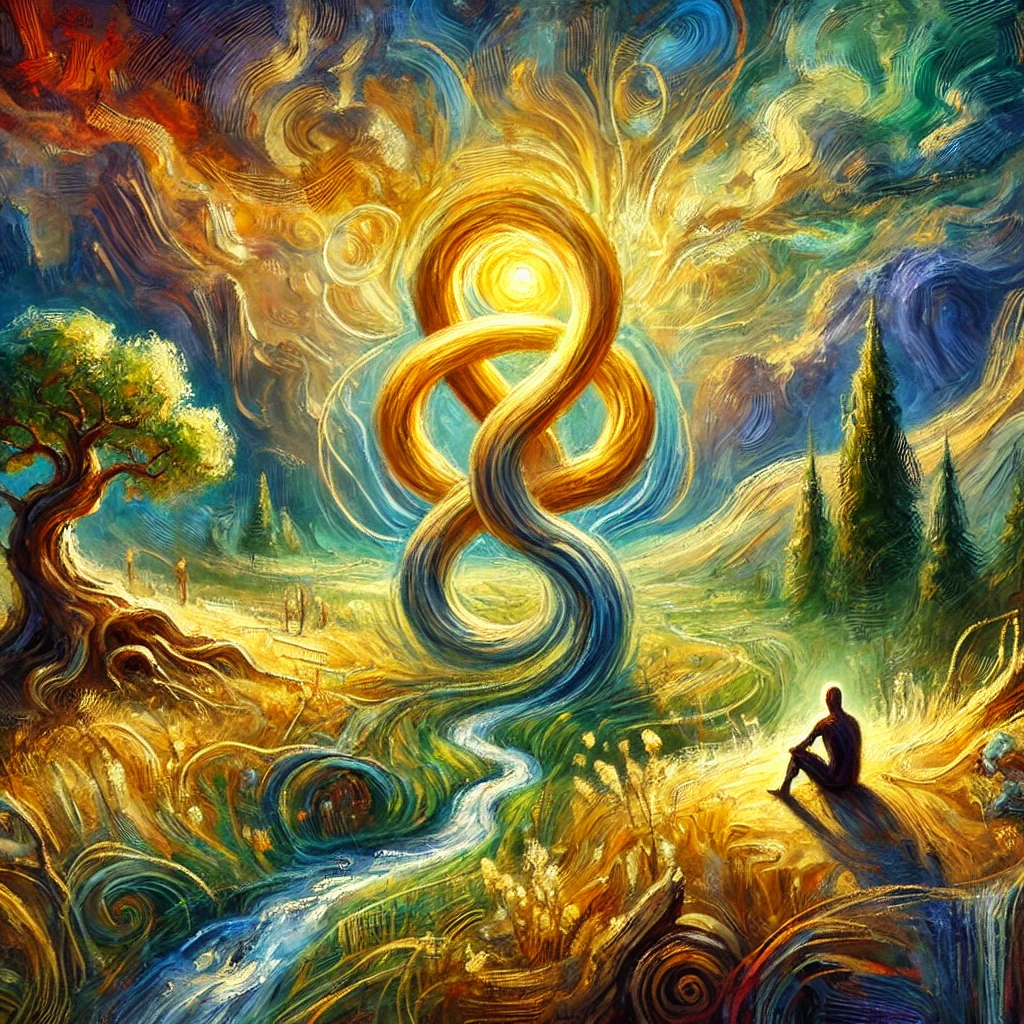In old stories, there is often a moment when a character hears a voice in the woods. It may not be loud, but it is commanding. It pulls them off the beaten path, into the thicket. What they meet there changes them. Not because it was planned, but because it was necessary.
We live as if we are in charge. But often, something else has taken the reins. A tone rises in our voice. A shadow falls across a friendship. We find ourselves walking out of a room, or falling silent, or pushing too hard. Then we look back and wonder, “Why did I do that?”
That is the moment to notice the pattern. Not just the outer event, but the inner repeat. When we react with more force than the moment calls for, an old story may be acting through us. That story is not in the headlines of the day. It is not in the conscious plan. It is in the body, the breath, the grip in the chest, the heat in the throat.
The soul is patterned. We are shaped by early wounds, unspoken fears, and survival codes. The child sees the world through the eyes of need. And what happens in those early years lays down deep tracks.
A child who feels unsafe may learn to stay small, quiet, unseen. Another may try to fix everything, rush in, smooth the tension. These become inner figures, with voices of their own. And long after the danger has passed, they rise again to take control.
In the language of depth psychology, we call them complexes. But the ancients would have called them spirits or gods. Not because they are imaginary, but because they move with a will that is not our own.
A complex is not just a memory. It is a pocket of energy, formed around a wound. And that energy seeks expression. It waits for a trigger, and when it finds one, it rushes forward. Suddenly we are five years old again, or fifteen, or caught in the echo of a moment we do not even remember.
You cannot reason with a complex. You cannot shout it down. It does not listen to lectures. But you can recognize its voice. You can learn its rhythm. You can notice when it rises. And slowly, over time, you can find a way to move with it, instead of against it.
In the teachings of James Hollis, there is a deep respect for the power of these inner formations. He does not pathologize them. He sees them as necessary companions in the journey of soul.
The task is not to kill the pattern, but to listen for the deeper voice beneath it. That voice does not speak in commands or corrections. It speaks in dreams. In images that return again and again. In longings we do not understand.
Every complex is a tangle of pain and protection. But at its core, it holds something valuable. Something we were not ready to feel at the time. And now, it comes again—not to punish, but to be lived.
If we avoid the pattern, it deepens its groove. If we meet it, if we walk into the woods where it waits, we may find not a monster, but a younger self. One who still holds a piece of our soul.
The soul has its own time. It does not rush. It loops. It returns. And if we are willing to stop, to feel, to sit with the discomfort, the loop can soften. The grip can loosen. And something long exiled may come home.
Madeline – Soulful Nuggets Team
This blog is a reflection on the course ‘Introduction to Jungian Psychology‘ taught by James Hollis .




